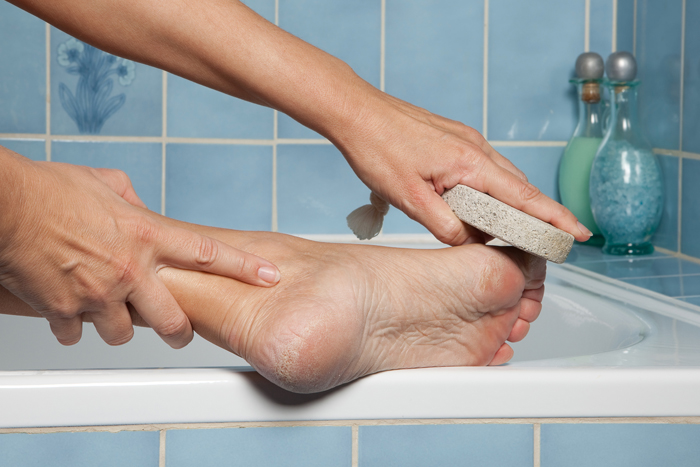Calluses on feet are a common issue experienced by many individuals, causing discomfort and affecting overall foot health. Fortunately, removing calluses at home is achievable with the right tools and techniques. In this comprehensive guide, we will outline the steps so you can learn how to get rid of calluses and effectively remove calluses on feet at home and share valuable tips to maintain smooth and healthy feet.
Understanding Calluses: The Basics
Calluses are thickened, hardened areas of skin that form as a result of excessive pressure or friction. They are a natural response to protect the underlying skin and can occur on the hands or feet. To safely remove calluses at home, it’s essential to understand their formation and the best practices for treatment.
1. Choosing the Right Tools for Callus Removal
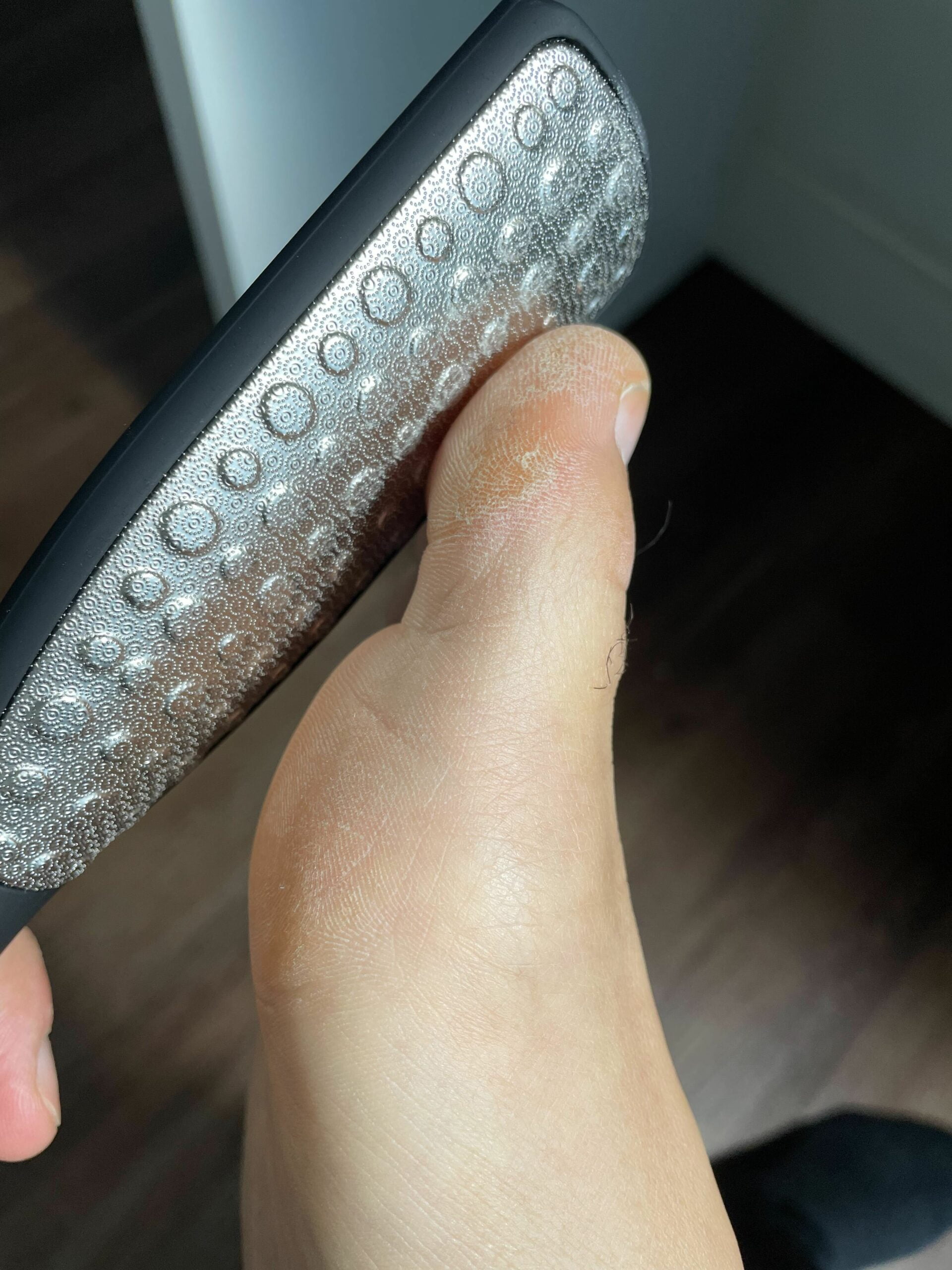
When it comes to callus removal, selecting the right tools is crucial for ensuring effective treatment and maintaining overall foot health. Some popular options include:
- Foot File: A file with a coarse surface, designed specifically for removing thickened skin on the feet. Among the various options available, the foot file stands out as the best choice for several reasons.
- Safety and Precision
- Cost-Effectiveness
- Convenience and Ease of Use
- Versatility
- Environmentally Friendly
- Callus Shaver: A specialized tool with a sharp blade to carefully shave off layers of callused skin.
- Callus Removal Creams: Creams containing active ingredients such as salicylic acid, urea, or lactic acid to help break down and dissolve calluses.
- Pumice Stone: A natural, porous stone that works well for gently exfoliating callused skin.
2. Preparation: Setting the Stage for Success
Before starting the callus removal process, gather your chosen tools, a large basin or tub for soaking your feet, a towel, and a comfortable place to sit.
Make sure you have enough time set aside for the process, as rushing can lead to injury or incomplete removal.
3. Soaking Your Feet: The Key to Softening Calluses
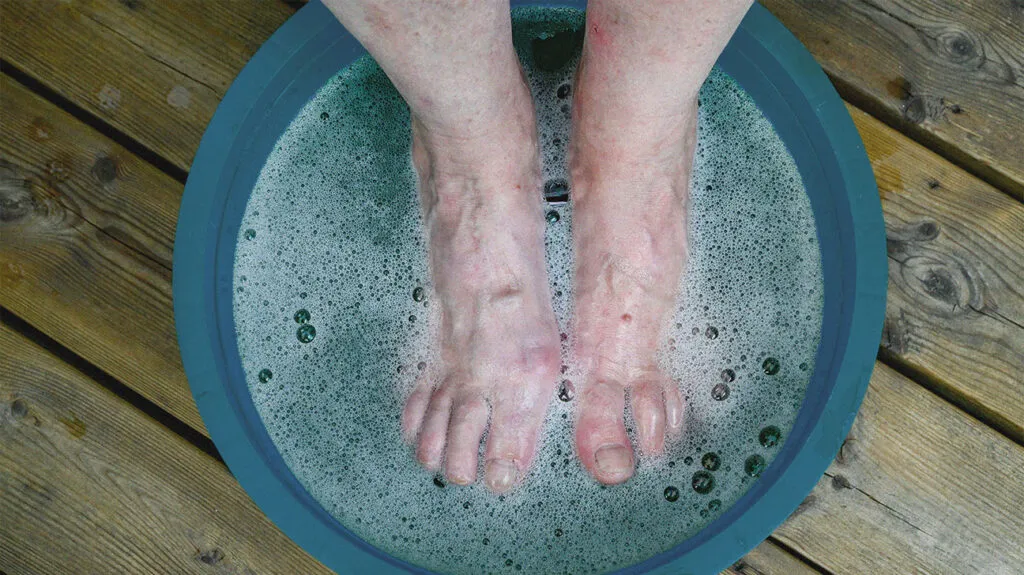
Begin your at-home callus removal process by soaking your feet in warm water. Adding Epsom salt or a few drops of essential oils, such as lavender or eucalyptus, can enhance the foot soak experience can help soften the callused skin, making it easier to remove. Soaking your feet in warm water for 15 to 20 minutes is an essential step in the callus removal process. Ensure the water is comfortably warm but not scalding, as hot water can cause burns or irritation.
4. Exfoliating with a Foot File: The Best Option for Callus Removal at Home
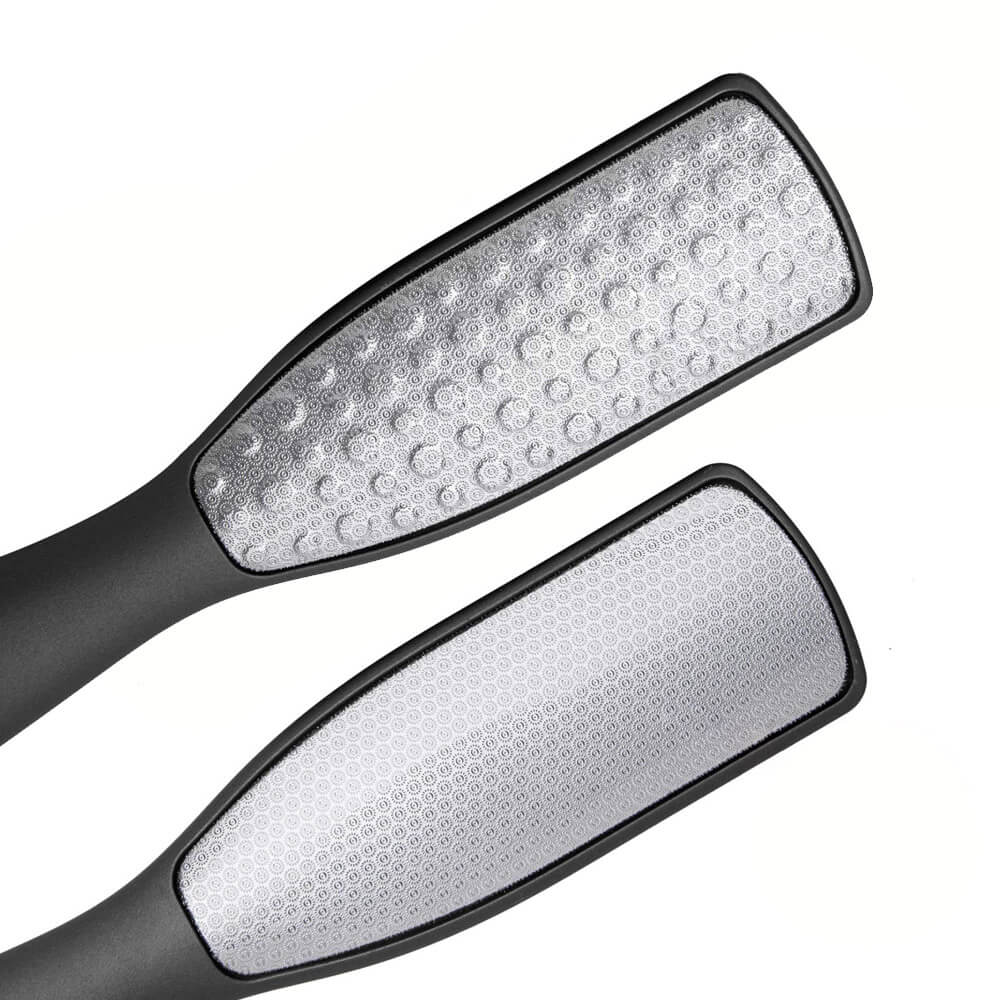
To remove calluses effectively, use a high-quality foot file callus remover designed for callus removal. Foot files offer a safe and controlled method for reducing thickened skin on your feet.
Choosing the foot file as your primary tool for callus removal at home is an excellent decision, as it provides a safe and effective method for addressing thickened skin on your feet.
Our Swissklip Callus Remover stands out as a highly recommended option, boasting numerous positive customer reviews and exceptional product features.
The Swissklip Callus Remover is designed with user comfort and effectiveness in mind.
Begin by gently filing the callused areas using the coarse side of the foot file, applying light pressure in a back-and-forth motion. Periodically rinse your feet and the foot file to remove dead skin and assess your progress.
Switch to the fine side of the file to smooth the skin and create a polished appearance. Rinse your feet once more to remove any remaining debris.
5. Using Callus Removal Creams
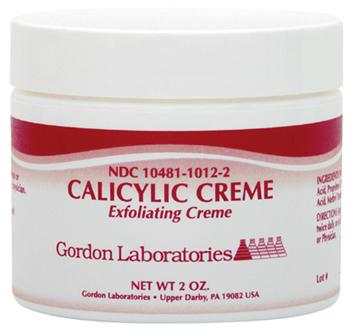
Callus removal creams can be a useful addition to your home callus removal regimen. Choose a cream containing active ingredients such as salicylic acid, urea, or lactic acid, and follow the manufacturer’s instructions for application. Be aware that some creams may cause irritation, so it’s important to perform
6. Applying a Moisturizing Foot Cream
Following the exfoliation and callus removal process, it is essential to moisturize your feet. This helps to soothe and replenish the skin, promoting overall foot health. Choose a thick, hydrating foot cream containing ingredients such as shea butter, glycerin, or urea. Massage the cream into your feet, paying particular attention to the previously callused areas and any dry spots.
For added protection, you can wear cotton socks overnight to lock in moisture and help your feet recover.
7. Protecting Your Feet with Proper Footwear

Wearing the right footwear plays a significant role in preventing callus formation and recurrence. Opt for shoes that fit well and provide adequate support, cushioning, and breathability. Avoid high heels, tight shoes, or footwear that causes excessive pressure or friction on specific areas of your feet. In some cases, custom orthotics may be beneficial for correcting imbalances and reducing callus development.
8. Maintaining Your Feet with Regular Care
Regular foot care is essential for preventing callus recurrence and ensuring overall foot health. Incorporate the following habits into your routine:
- Inspect your feet daily for signs of callus formation, irritation, or injury.
- Wash your feet with mild soap and water, and dry them thoroughly, paying attention to the areas between your toes.
- Moisturize your feet daily with a high-quality foot cream.
- Trim your toenails regularly, cutting them straight across to prevent ingrown nails.
- Exfoliate your feet weekly or as needed, using a pumice stone or foot file to gently remove dead skin cells.
9. When to Seek Professional Help
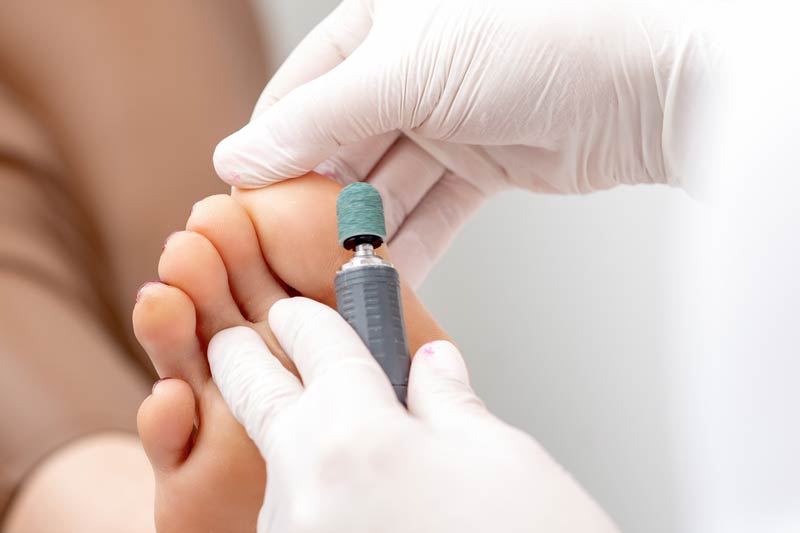
While many calluses can be safely and effectively treated at home, there are instances where professional help may be necessary. Consult a podiatrist or foot care specialist if you experience any of the following:
- Severe pain or discomfort associated with calluses.
- Infection signs, such as redness, warmth, swelling, or discharge.
- Underlying health conditions, such as diabetes or poor circulation, which can increase the risk of complications from callus removal.
- Persistent or recurring calluses despite at-home treatments and preventative measures.
A qualified professional can evaluate your specific foot concerns, provide tailored treatment options, and offer guidance on maintaining healthy feet in the long term.
10. Preventing Callus Formation
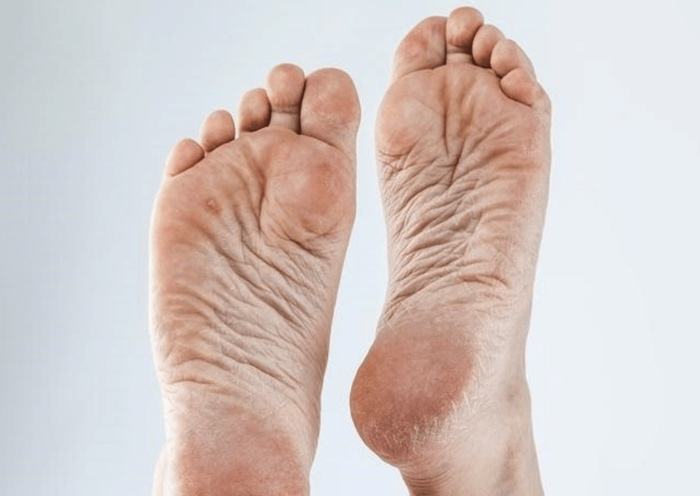
To prevent calluses from forming, incorporate the following habits into your foot care routine:
- Inspect your feet daily for signs of callus formation, irritation, or injury.
- Wash your feet with mild soap and water, and dry them thoroughly, paying attention to the areas between your toes.
- Moisturize your feet daily with a high-quality foot cream.
- Trim your toenails regularly, cutting them straight across to prevent ingrown nails.
- Exfoliate your feet weekly or as needed, using a foot file to gently remove dead skin cells.
In conclusion, safely removing calluses at home is achievable with the right tools, techniques, and ongoing foot care. By following these expert tips, you can maintain healthy, comfortable feet and prevent future callus formation. Remember to consult a professional if you experience pain, infection, or complications from at-home treatments.
To find the Best Price on a High-Quality Callus Remover, be sure to click on the following link and take advantage of the available discounts while they last, to secure the most effective tool for your at-home foot care needs.

